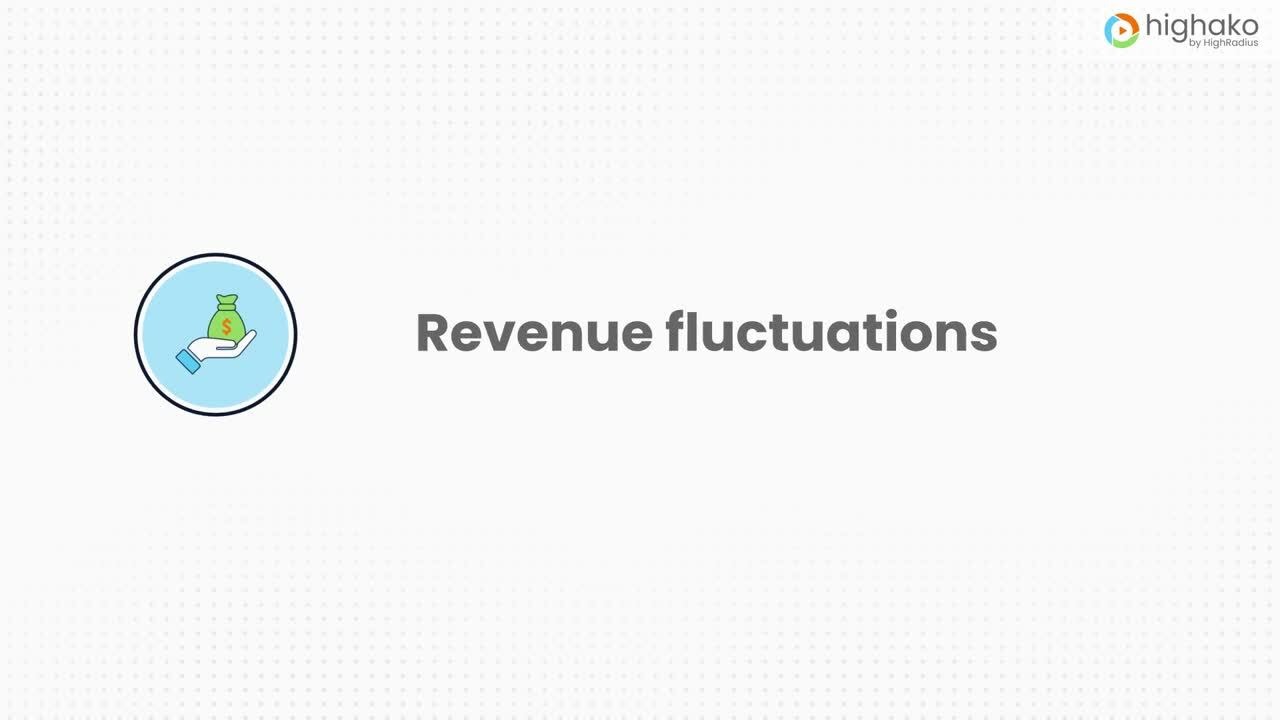
What Does Days Sales Outstanding (DSO) Really Show?
DSO is a commonly used credit and collection metric. The perception is if it is up, collections are deteriorating. If it is down, collections are good. The reality is that many factors outside the control of the credit department are at play and influence the number. That makes it even more important for you to help your Senior Management and others understand what DSO performance is really telling them.
The problem is that credit departments are often assessed based on DSO, but many elements of DSO are beyond the control of what credit and collections can do.
Three Factors that Influence DSO: Payment Terms, Revenue and Collections
Payment Terms: The length of payment terms impacts DSO. There may be a mix of payment terms extended to customers. Some may have early pay discounted terms. Others Net 30, and others with extended terms. The current- portion of your Accounts Receivable (AR) depends on the actual weighted average of all the payment terms.
Revenue: Most companies have fluctuations in revenue month after month. For example, quarter or year ends may show large spikes in revenue. The following month may show a significant revenue decrease. These fluctuations have a measurable effect on an accurate DSO calculation. If revenue increases, receivables rises. Current balances, some on extended payment terms, impact the DSO calculation. Can your collectors collect current balances? If revenue goes down, current AR decreases and so does the DSO. Was that driven by improved collections?
Collections: The true measurement of collections performance is the collection of balances due per the payment terms, right? Not so fast. Many companies have customers who short pay, or take deductions, leaving balances open that appear to be past due. If those balances are not transparent in DSO performance, it distorts the effectiveness of your collection efforts in a negative way.
While calculating DSO is in itself a big topic, we recommend using the Sales-Weighted DSO, which is sometimes also called the Countback method. Here's an article detailing the countback method used by Pete Knox, Head of Credit and A/R at Nestle. We believe that's a good method to calculate DSO.
Let's Dig a Little Deeper About How You Can Explain DSO Performance to Management
Actual Terms: Let's say that your actual average terms are 57 days because some major customers have negotiated extended payment terms. You calculate the current balance to represent 57 days of the total DSO. Current AR is not collectable.
Short Pays and Disputes: Of the 20 days remaining in your DSO calculation, let's say 10 days are short pays or open disputed invoices awaiting resolution. What are the issues and who is responsible for resolving those balances? In most cases the credit department is waiting on another area to do this. Is it a price discrepancy on the invoice? A shipping error? Damaged goods? A rebate not yet applied? By identifying the type of dispute driving the DSO, it highlights both what is behind the number, and the responsible area.
Past Due and Collectable: In this example, the remaining 10 days of DSO are past due and collectable. That is on the credit department to collect. By reporting the customers driving that number, explaining the issue, and anticipated resolution date, management has the transparency needed to understand the drivers and act when needed.
There are real benefits from using the sales-weighted DSO calculation in this way. You can provide a more precise picture of DSO results, how they are driven by fluctuations in revenue, and other factors outside the control of the credit department.
For more information, here's a 15-minute video on the six ways to calculate DSO.
